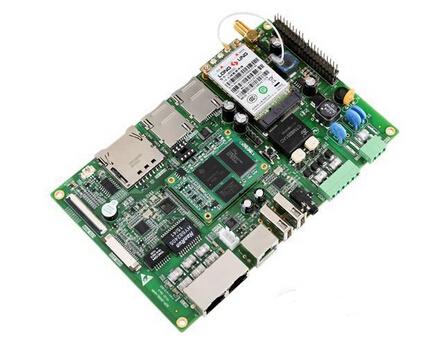 +86 755 2794 4155
+86 755 2794 4155  sales@knownpcb.com
sales@knownpcb.com
-
Shenzhen KNOWNPCB Technology Co., Ltd.
 +86 755 2794 4155
+86 755 2794 4155  sales@knownpcb.com
sales@knownpcb.com
 2023-12-04
2023-12-04
 466
466

1: Establish encapsulation that is not present in the encapsulation library. Before designing the PCB board sample diagram, if a certain component in the schematic diagram cannot find a packaging model in the packaging library, it is necessary to use the component packaging model editor to create a new one. It is necessary to ensure that the packaging model of the used component is complete in the packaging library (which can be multiple library files) to ensure the smooth progress of PCB design.
2: Set PCB board design parameters. According to the needs of circuit system design, set the number of layers, size, color, etc. of the PCB board.
3: Load network table. Load the network table generated from the schematic diagram and automatically load the component packaging model into the PCB design window.
4: Layout. A combination of automatic and manual layout methods can be used to place the component packaging model in an appropriate position within the PCB planning range, making the component layout neat, aesthetically pleasing, and conducive to wiring.
5: Wiring. Set wiring design rules and start automatic wiring. If the wiring is not completely successful, manual adjustments can be made.
6: Design Rule Check. Conduct design planning checks on the completed PCB board (checking for component overlap, network short circuits, etc.), and make modifications based on the error report if there are any errors.
7: PCB board simulation analysis. Simulate and analyze the signal processing of PCB boards, mainly analyzing the impact of layout and wiring on various parameters, in order to improve and modify them.
8: Save the output. The designed PCB board diagram can be saved, layered printed, and PCB design files can be output.

Or call +86 755 2794 4155
Inquiry Now

